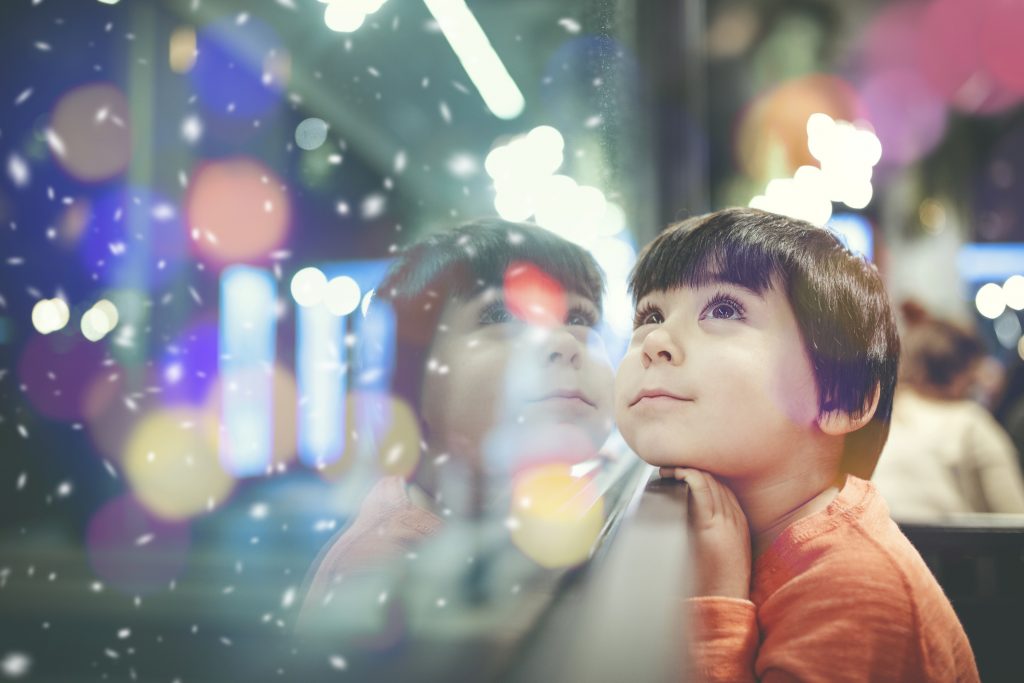( – In recognition of World Autism Awareness Day, April 2 –
Content originally published in LightFair’s November 2020 e-magazine focused on lighting & wellbeing)

Contributed by:
Connie Samla, PE, LC
Lighting Specialist | Community Education & Technology Center | Sacramento Municipal Utility District

Dave Bisbee
Project Manager II. | Energy Strategy Research & Development | Sacramento Municipal Utility District
Samla and Bisbee are LightFair speakers who presented in the 2020 virtual conference LightFair Connect. For more information on the Lighting for the Spectrum project, please visit Sacramento Municipal Utility District (SMUD) website.
Applying Circadian Lighting in the Homes of Children with Autism
During the past 6 years, SMUD has worked on research projects installing circadian lighting techniques into different facilities: nursing home, independent living facility, school classrooms and homes.
Since circadian lighting is truly 24-hour lighting, we found the biggest impact to be where people lived or spent the most time. Our latest project was applying circadian lighting in the homes of children with autism.
Since we are lighting professionals not autism experts, we decided to partner with experts in the field. The following organizations gave credibility to our research project and helped guide our efforts: The UC Davis MIND Institute, an international research center providing expertise in neurodevelopmental disabilities; The Fly Brave Foundation, a local grassroots organization providing support for adults with developmental disabilities following the school years; a local high school Behavioral Specialist and a marine biologist who happens to be on the autism spectrum.
Home Visits, Building Trust, Identifying Challenges
Visiting these homes for the first time was very interesting especially since the families did not know what to expect. We experienced everything from freshly baked goodies and coffee to major uncertainty. Over time, the relationships and trust grew which made for a positive experience for everyone.
As lighting designers, we think it’s safe to say that most homes are not lit well. The first item on the agenda was to provide proper lighting design in the home then add a circadian component.
Our initial visits uncovered many problems—glare from bare lamps (Photo 1), 5000K lamps installed in bedrooms, broken lenses (Photo 2), hot sockets, etc. You name it, we saw it.
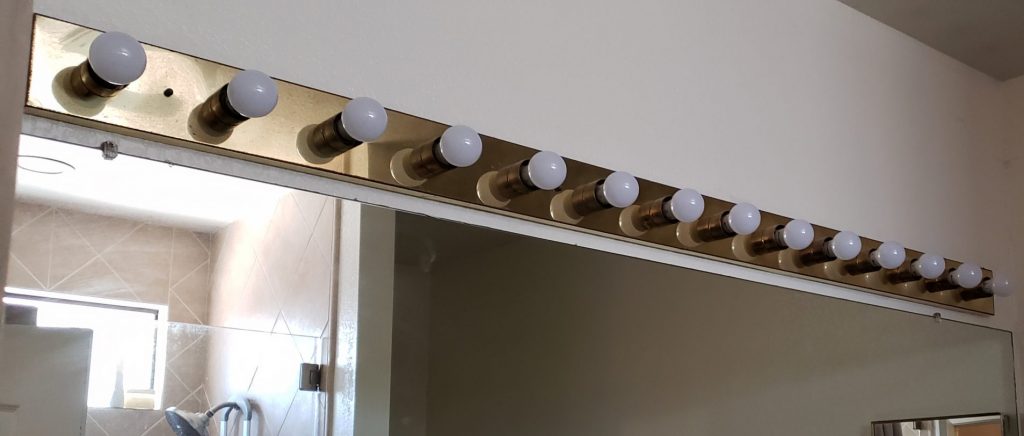
Photo 1 – Glare 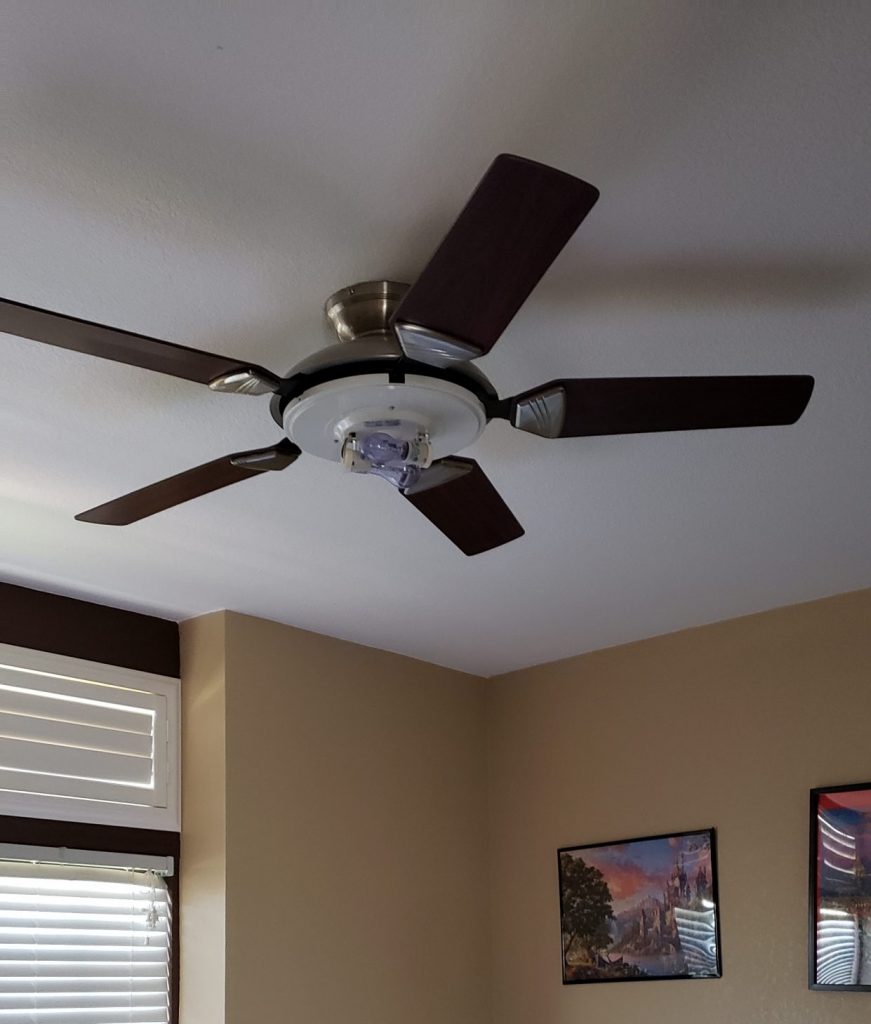
Photo 2 – Broken Lenses
This project required a total of three site visits (initial, inspection, final) for each of the 36 families – that added up to a ton of labor hours. Since this was a research project, we were willing to spend the labor hours, however, we have since created online resources to minimize the need for future site visits.
Good tools, in person or online, are required to help educate people on circadian lighting, how to incorporate it into their lives and commission it to ensure it works properly. This is especially true when people are first introduced to circadian lighting.
Lighting for the Spectrum Project Insights
The biggest insight from this project was how much lighting drives behavior.
- For example, fear of the dark is driven by lack of light which often caused anxiety, bedwetting, sleep disruptions, and sleeping with parents.
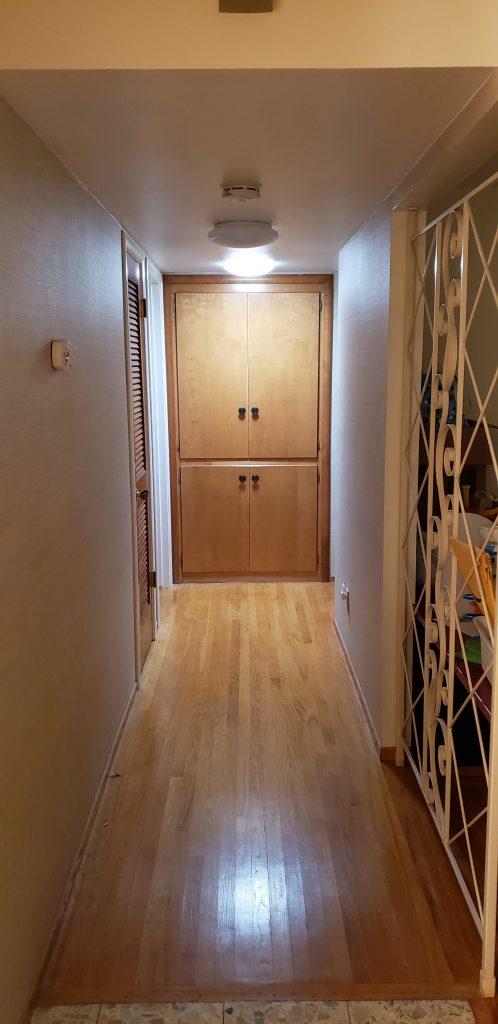
- Some parents left lights on for their children for safety (Photo 3) which inadvertently signaled the children to go to those rooms during the middle of the night.
(Photo 3)
- Providing safe nighttime navigation for the bedroom/hallway/bathroom areas and turning off the lights in the rooms they didn’t want their children to go into drastically changed the nighttime routines for the entire family (photos 4 & 5). Everyone began sleeping better.

Photo 4 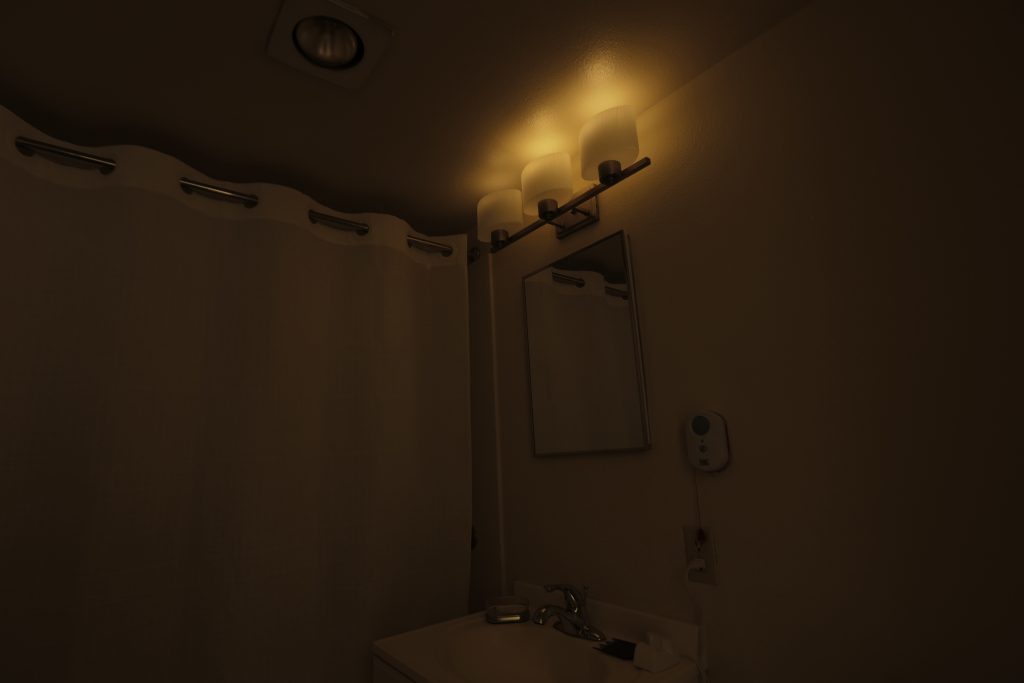
Photo 5
- Parents also used changes in color temperature to help children get through their daily routines. For example, parents used high kelvin settings to signal children to wake up and/or study time and dimmed, warm color temperatures signaled children it was time to wind down and eventually go to bed.
- The research team was great, but the study participants were amazing! The parents of these children came up with such creative ideas such as signaling with green/yellow/red when it was time to go to bed (photo 6) or using a different color of light as a signal for each of their children.
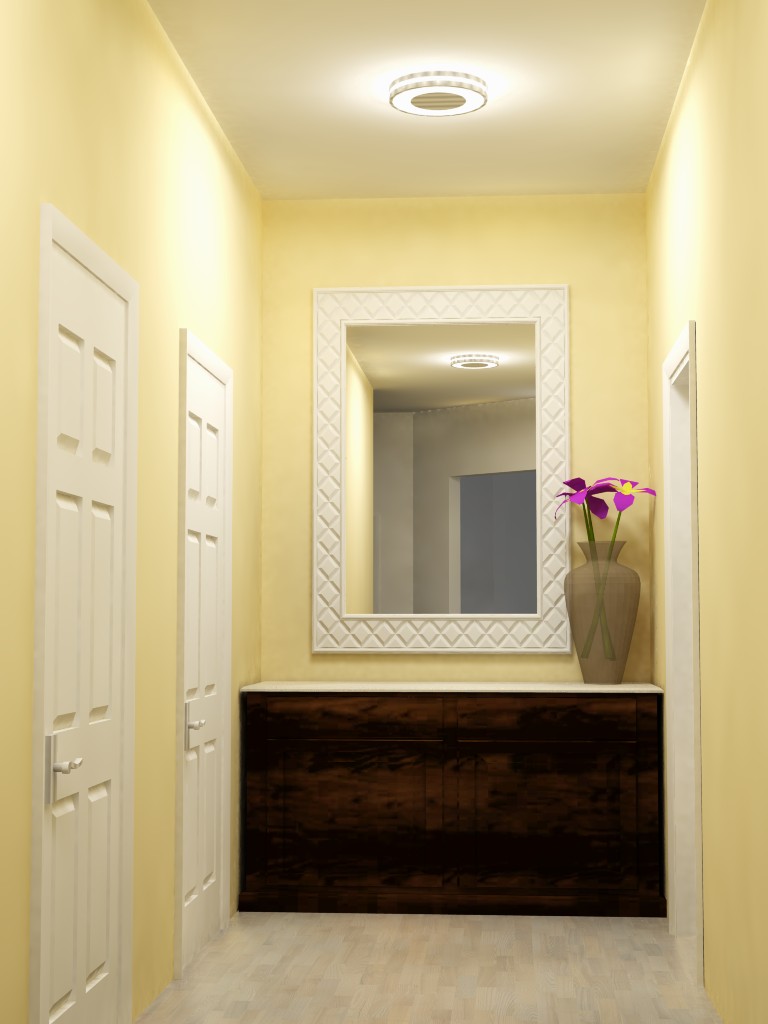
Photo 6 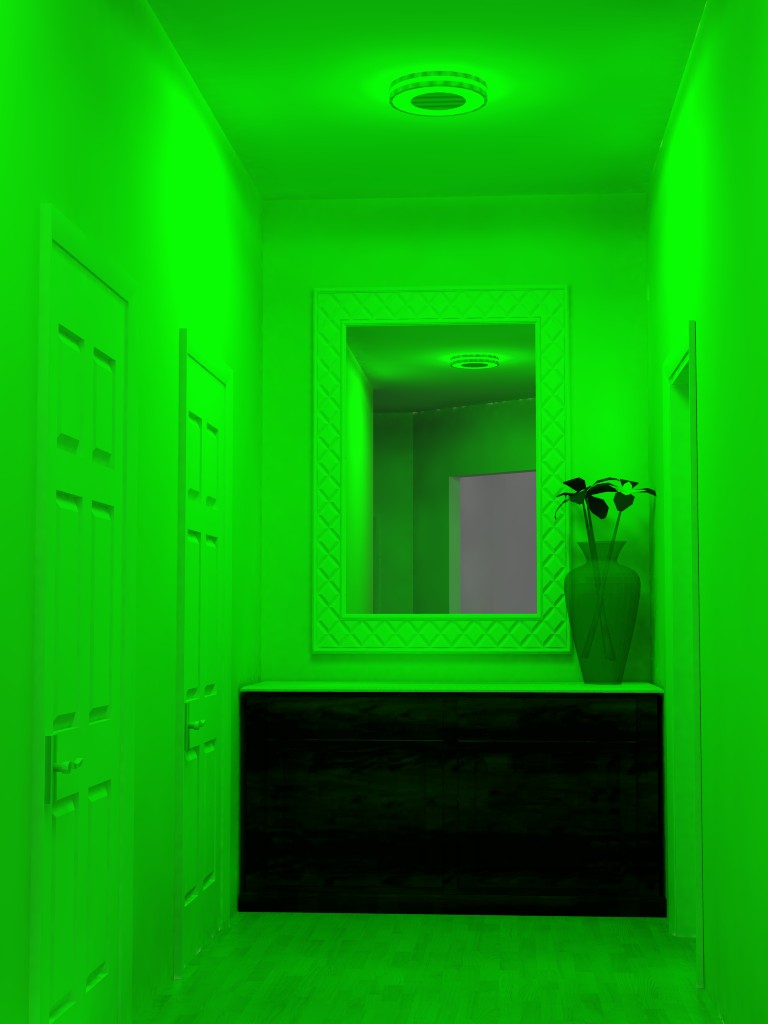
Photo 6
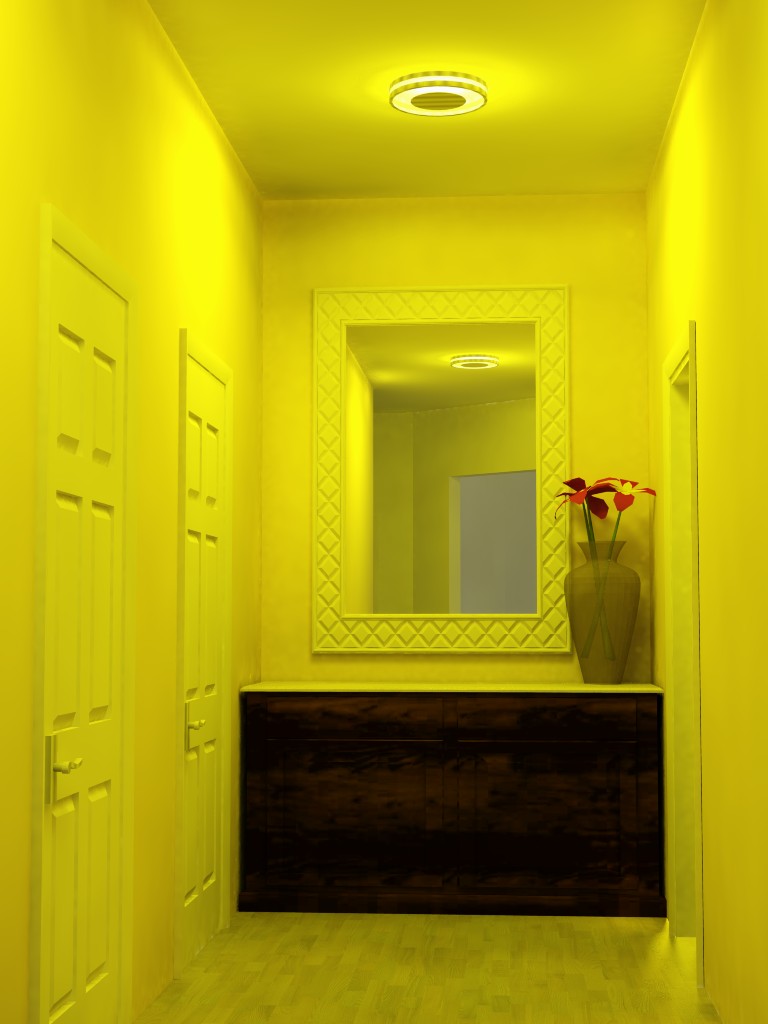
Photo 6 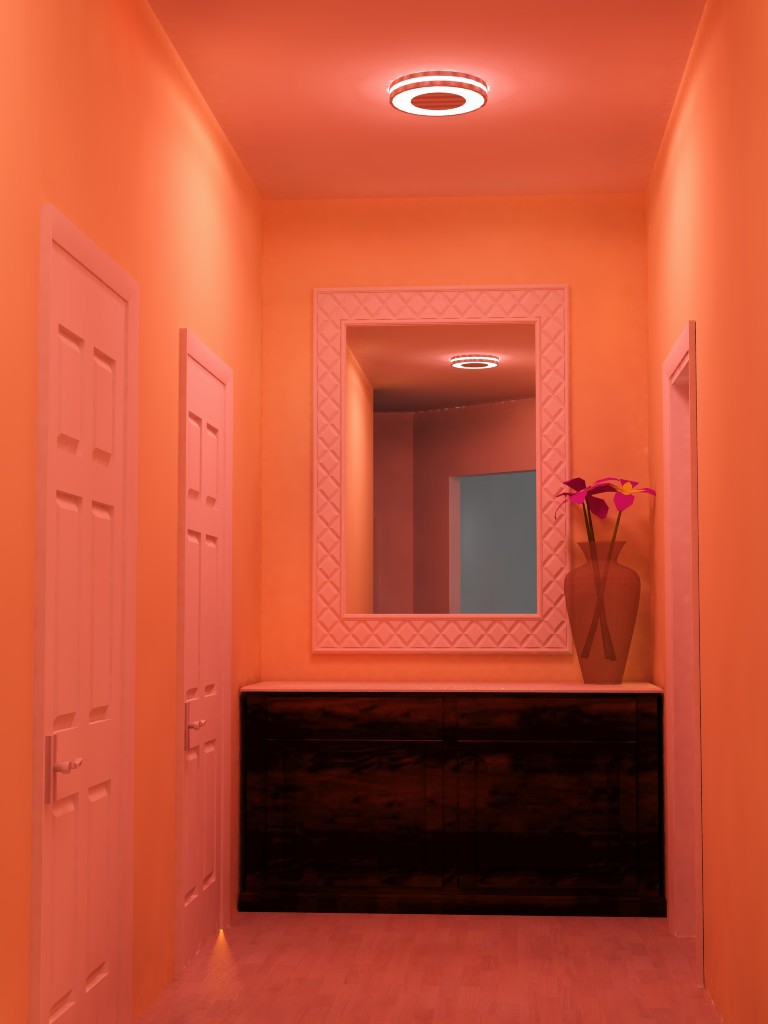
Photo 6
Tracking the Progress of the Circadian Lighting Installations
The benefits from circadian lighting typically do not occur overnight. Participants need to track their progress to notice change and see if the application had impact.
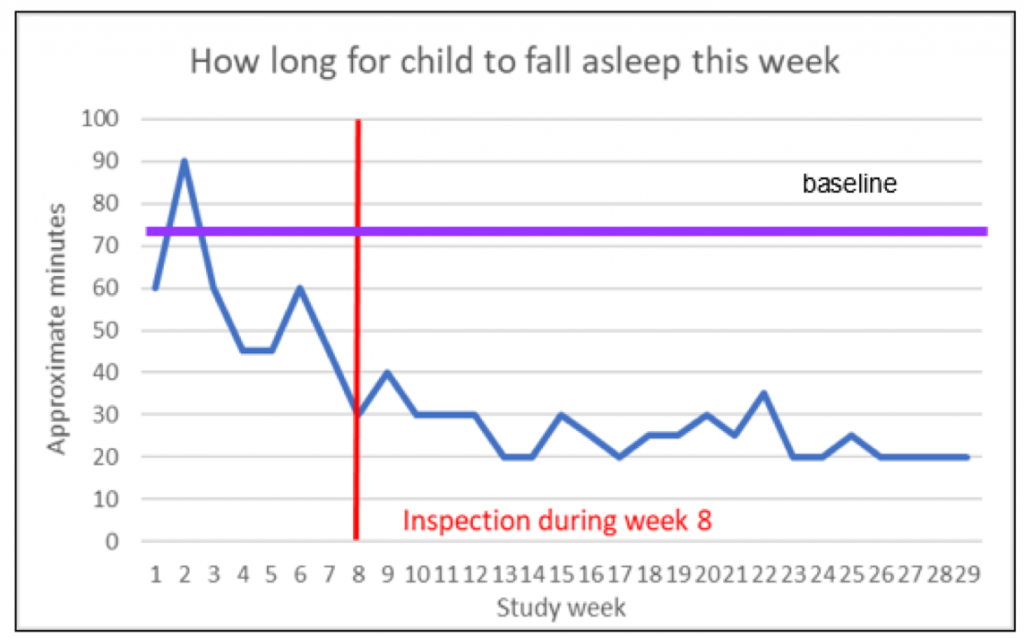
- Everyone who participated in this project experienced positive changes over a period of six months.
- During the final interview, when participants were given a progress report, the comment we heard most was “Wow! I had forgotten where we started.”
- The ability to track their progress and see where they began created even more excitement and reassurance this was working for their family.
Even though this study focused on families with children with autism, this approach may work for everyone—especially since many of us are now working and learning from home. A short video showcasing how to incorporate this technology into your home is available here: Circadian Lighting at Home.
For more information on the Lighting for the Spectrum project, please visit smud.org/CircadianLighting.

